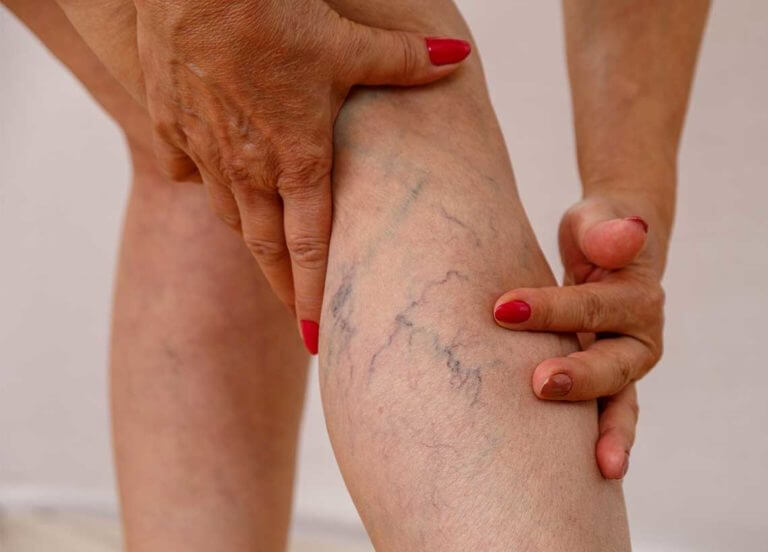Spider veins are a common skin condition in which the veins near the skin’s surface become enlarged and twisted. These veins can cause pain and discomfort for their carriers, but they can be treated using either traditional or minimally invasive methods to remove them. Spider veins usually appear in groups on areas such as the face, neck, arms, and legs, and they can be a cosmetic concern for many people. While spider veins do not cause any medical problems, they can be unsightly, and many people choose to have them treated for cosmetic reasons. If you are concerned about your spider veins, you can talk to a specialist in spider veins in Bakersfield about the treatment options available to you.
Causes of Spider Veins
Spider veins are caused by several factors, including genetics, sun exposure, and pregnancy. They can also be caused by lifestyle choices such as smoking and obesity. The most common cause of spider veins, however, is age. Our skin becomes thinner and weaker as we get older, leading to spider veins.
People with light complexions and thin bodies are more likely to develop spider veins. In addition, some people have a genetic predisposition towards them, making them more likely to appear on their skin.
Symptoms of Spider Veins
Spider veins are most commonly found on the legs, but people may develop them on other parts of their bodies. They can be purple or blue, and they stand out against the skin due to their long, thin appearance. These veins may cause pain for some people, but they do not usually present any medical problems.
Treating Spider Veins
Many treatment options are available for spider veins, ranging from traditional surgery to minimally invasive treatments such as laser treatment. The most common treatment option is sclerotherapy, which involves injecting a solution into the vein that causes it to close up and fade away. Another minimally invasive treatment option is microphlebectomy, which uses suction to remove the veins from the body. These treatments are performed by dermatologists who have been specifically trained in their use.
If you consider treating your spider veins, it is crucial to speak to a dermatologist to determine which treatment is best for you. Several factors should be taken into account when choosing a treatment, including the size and location of the veins, as well as your health history and current medications.
Prevention of Spider Veins
There is no sure way to prevent spider veins from forming, but there are a few things that you can do to reduce your risk. Sun exposure, for example, can increase the likelihood of developing spider veins, so it is vital to protect your skin with sunscreen when you are going to be outdoors. In addition, maintaining a healthy weight and avoiding smoking can decrease your risk of developing spider veins.
In summary, spider veins are a common skin condition in which the veins near the skin’s surface become enlarged and twisted. They mainly develop due to genetics, sun exposure, and pregnancy. They appear purple or blue. Treatments include sclerotherapy, microphlebectomy, and laser treatment. Limiting sun exposure can reduce the likelihood of developing spider veins.










